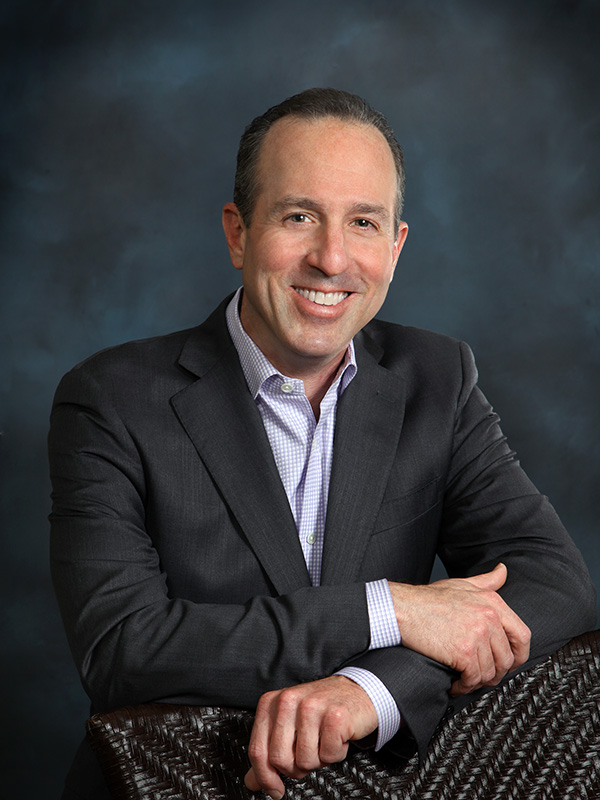Separated Shoulder Specialist

Are you an athlete who participates in contact sports? If so, you may be at risk of separating your shoulder. A separated shoulder is typically caused by blunt trauma to the shoulder or by a fall onto the shoulder. Separated shoulder specialist, Dr. Mark Getelman provides diagnosis and both surgical and nonsurgical treatment options for patients in Los Angeles who have suffered a shoulder separation. Contact Dr. Getelman’s team today!
What to Know About a Separated Shoulder (AC Joint Injury)
The acromioclavicular (AC) joint is located where the clavicle (collarbone) connects with the acromion process of the scapula (shoulder blade) at the top of the shoulder. Like other joints in the human body, the bones of the AC joint are covered with cartilage and the joint has an interior cartilage disk. The joint is reinforced by strong ligaments called the coracoclavicular ligaments. Any of these structures can become damaged, typically during a fall, and lead to a separated shoulder. Van Nuys, Westlake Village, Thousand Oaks and Los Angeles, California orthopedic shoulder specialist, Dr. Mark Getelman is highly trained and experienced at treating AC joint injuries.
An acromioclavicular joint injury is commonly caused by a fall or other trauma to the point of the shoulder joint. An AC joint injury, also known as a “shoulder separation” or “separated shoulder” can lead to a number of injuries, including:
- AC Joint Sprain
- AC Joint Separation
- AC Joint Fracture of the Clavicle or Acromion
- AC Joint Arthritis
A fall or other trauma can lead to a mild sprain or a separated shoulder. In mild injuries, the AC ligaments are simply stretched and these are classified as grade I injuries. In severe injuries, the ligaments can partially tear (grade II) or completely tear (grade III).
Separated Shoulder Symptoms
Symptoms of an AC joint injury or a separated shoulder range from minor swelling and tenderness to severe shoulder pain, depending on the grade of injury. A grade I injury typically causes minor pain, swelling and bruising. A grade II injury commonly causes moderate to severe pain, swelling and perhaps a small visible bump on the top of the shoulder. A grade III injury generally causes severe pain, instability and a visible deformity of the shoulder joint.
Separated Shoulder Diagnosis
A separated shoulder is most often diagnosed by the history of the injury, a thorough physical examination and a series of X-rays. During the examination, Dr. Getelman will examine the injured shoulder for tenderness and bruising in the area of the AC joint. The X-ray findings will be used to confirm the diagnosis.
AC Joint Injury/Separated Shoulder Treatment
Treatment for an AC joint injury is dependent on the grade of injury. Many grade I injuries are treated with conservative measures. A grade II separated shoulder also typically does well with non-operative management but may require surgical intervention if conservative measures fail. Grade III injury management is based on the activity level and displacement and may require early surgical repair, either arthroscopic, open or both.
Non-Surgical
Conservative treatment is recommended when the joint is first injured, certainly in grade I cases and most grade II cases. Frequent icing and medication will help control the pain, while immobilization in a shoulder sling helps support the injured joint while it heals. Gentle motion exercises are commonly recommended by Dr. Getelman to prevent stiffness.
Surgical
A surgical procedure is typically reserved for cases where there is lingering pain or unacceptable joint deformity after several months of conservative treatment, as well as in severe grade III separated shoulder which are classified as a type V when the bone is through the muscle and can damage the overlying skin.
Surgery may be done for pain or for instability of the joint. The simplest type of surgery for a painful acromioclavicular joint injury involves resection or removal of the end of the clavicle using an arthroscopic technique, called the Mumford procedure.
The joint may become painful due to AC joint arthritis or the separation minor, the Mumford procedure can provide satisfactory results in many patients. When the AC joint is dislocated with a severe separation, a more complex reconstructive procedure is needed to restore the clavicle’s position, with an anatomic reconstruction of the coracoclavicular ligaments. Usually this procedure is performed as an arthroscopic assisted procedure by Dr. Getelman who does the preparation arthroscopically and adds a graft through a very small incision over the joint. The graft is then passed beneath the coracoid process and tunneled through the clavicle replacing the torn ligaments and restoring the ac joint anatomically.
For more resources on a separated shoulder, or for additional information on surgical treatment for an AC joint injury, please contact the Van Nuys and Westlake Village, California office of Dr. Mark Getelman – orthopedic shoulder specialist.
